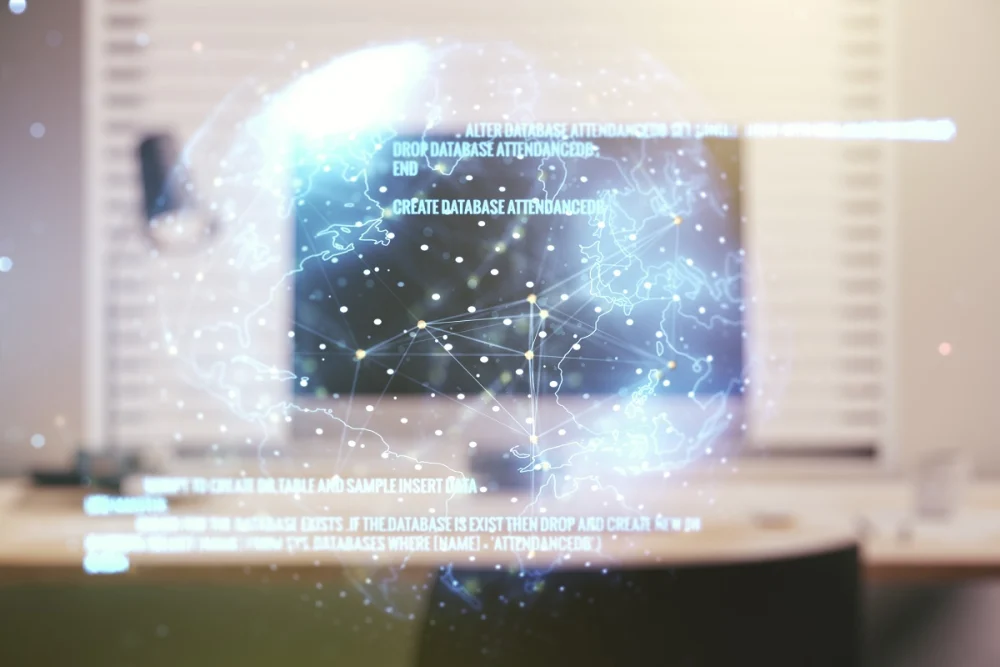Data grows by the second, more than 5 billion social data points are created a day. Yet too many investigations stall in the same places — getting access, crawling sources, juggling exports and manual pivots. That doesn’t produce better intelligence; it produces fatigue. If the goal is faster, defensible decisions, the barrier isn’t a lack of data. It’s the friction between data, method and time.
Bottlenecks due to access and pace
For years, much of what mattered was effectively out of reach in practice. Sources were scattered across platforms, access was inconsistent and bureaucratic, and stringing together information took days. Briefings slowed. Warnings arrived after the moment to act had passed.
That picture has changed. Affordable and accessible OSINT tools now bring lawful collection and guided analysis into one place, so a single artefact — an email, alias or phone number can be tied to identities, infrastructure and networks you can defend.
What actually changed and why it matters

Data opened up. Commercial satellite imagery that once required government channels is now sold by providers such as Maxar and Planet, with sub-metre products widely available. Public records, transport trackers, registries and social platforms have expanded the surface area for inquiry.
Tools matured. Browser-based OSINT software platforms combine collection and analysis so investigators can get straight to work without clunky installers. All you need is a modern browser and an internet connection. Automated enrichment de-duplicates, preserves provenance and reduces manual lookups.
Methods went public. Techniques like geolocation, chronolocation and pattern-of-life analysis are taught openly through courses, conference talks and step-by-step tutorials. Transparency has raised the floor on quality and made peer review possible.
Why it matters: when collection and analysis live together, time-to-insight drops from days to minutes; cost per case falls as routine checks are automated; sourcing stays clear enough for leaders to act; teams clear more work without adding headcount.
“Without barriers” in practice
- Analysts reclaim time. Gather information efficiently to quickly triage, analyse and generate actionable intelligence.
- Investigations accelerate. A single alias or email becomes a mapped network with documented sources.
- Leaders gain confidence. Provenance is explicit, workflows repeatable and outputs report-ready.
- Access spreads. Useful analysis and actionable intelligence is no longer confined to a handful of specialists; wider teams can contribute responsibly.
What to demand from your platform
- One place to collect and analyse social and web data with audited methods
- Guided pivots that surface new leads without manual wrangling
- Identity resolution and network mapping to see relationships at a glance
- Compliance controls aligned to policy and law
- Integrations that fit your stack rather than forcing a rebuild
Where this lands across sectors
- Corporate security and fraud: Move from one data source to a verified network linking aliases, entities and infrastructure, then export an evidence-ready brief.
- Due diligence and compliance: Standardise checks with auditable sources to meet regulatory expectations and cut false positives.
- Public safety and crisis response: Validate claims quickly with imagery and local social signals so the right teams act sooner.
- Journalism and research: Corroborate events and timelines with open datasets and publish methods readers can inspect.
New access, new responsibilities
Capability without governance is a liability. Lawful collection, respect for terms of service, clear consent where required, red-team reviews for bias and secure handling of sensitive material are non-negotiable. Good practice means capturing sources, preserving context and making every conclusion traceable from claim to evidence.
Make it operational and measurable
- Start with a pilot. Pick one high-value workflow. Baseline time-to-insight, analyst hours per case and signal-to-noise.
- Codify the method. Turn ad-hoc steps into a playbook with named pivots, decision points and export formats.
- Unify the stack. Use a platform that preserves provenance and produces report-ready outputs.
- Train for repeatability. Teach geolocation, chronolocation and network mapping with examples.
- Measure what matters. Track reduced backlog, faster cycle times and improved case conversion, not vanity metrics.
The payoff
When barriers fall, the real work rises. Analysts spend time on mission critical work, pattern-of-life, persons of interest and evidence that moves cases. Leaders get sharper triage, faster answers and decisions they can defend. In plain terms, throughput goes up and solve rates improve because the right information reaches the right people while there’s still time to act.
See how “OSINT without barriers” works in practice. Request a demo.





